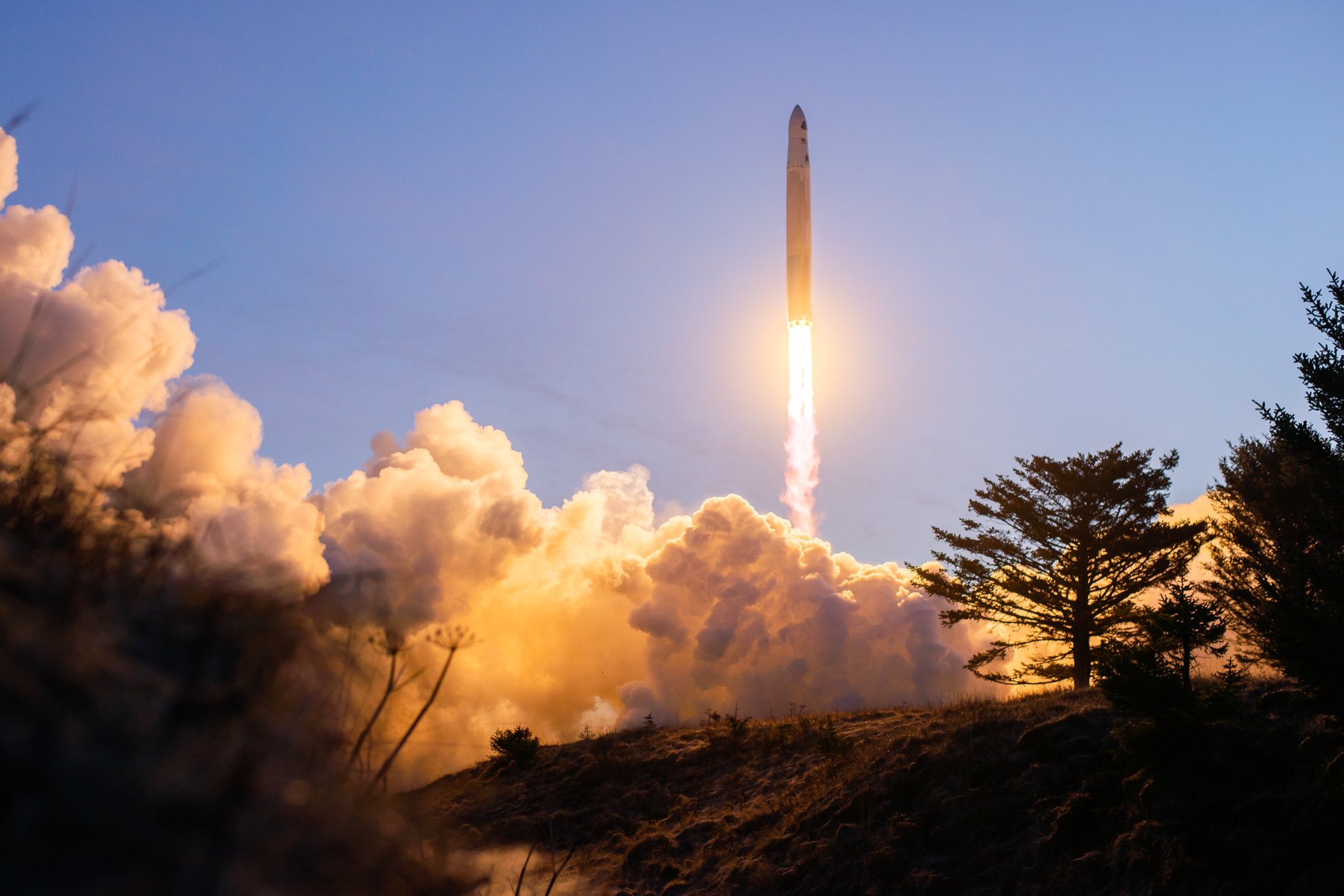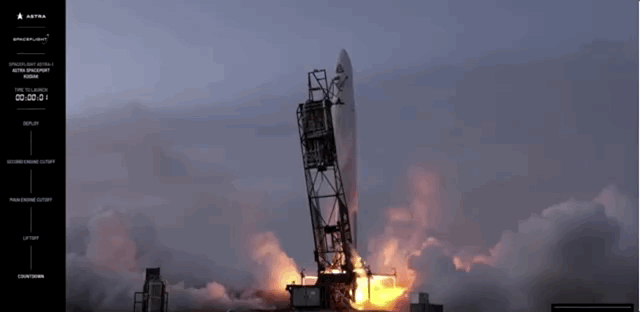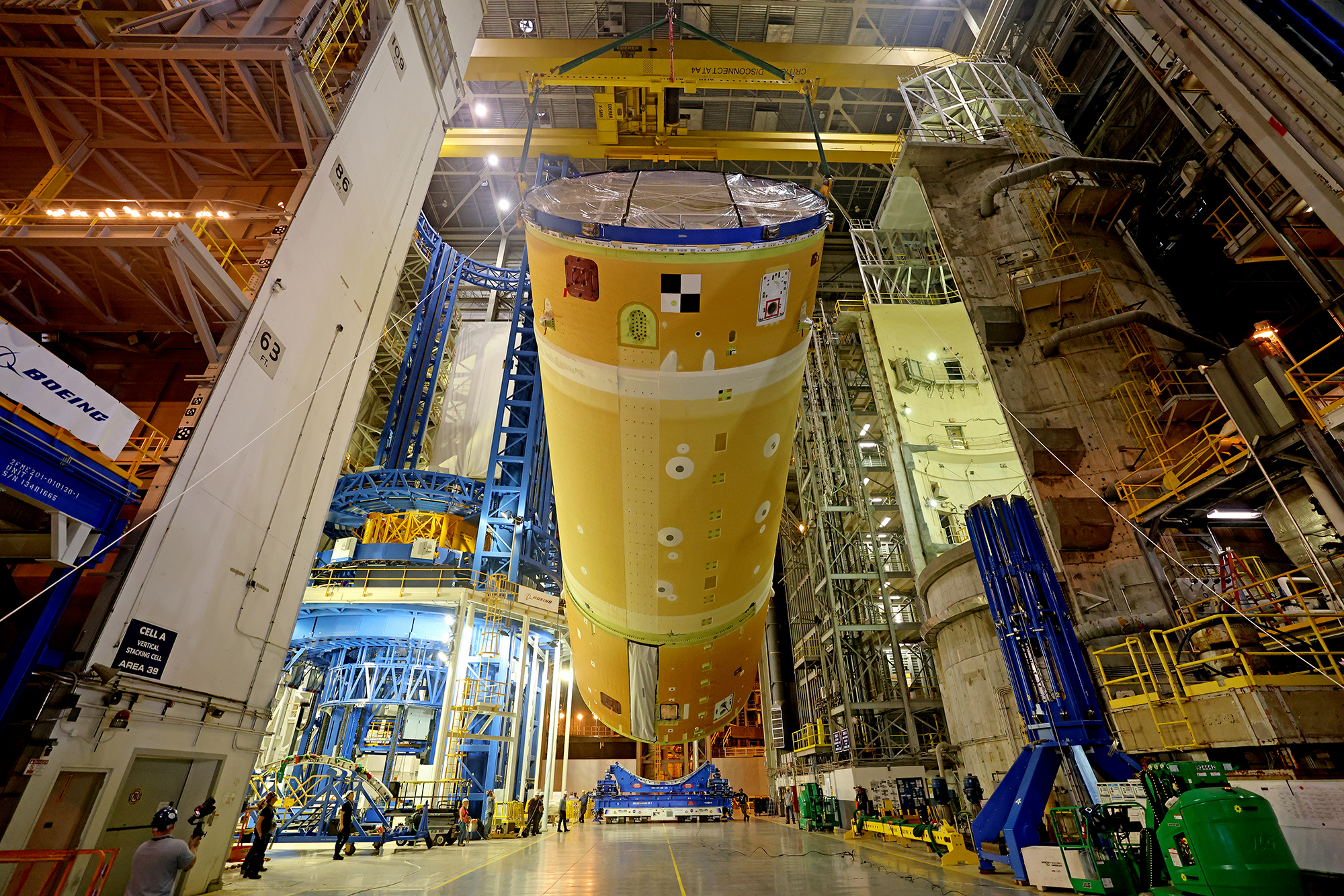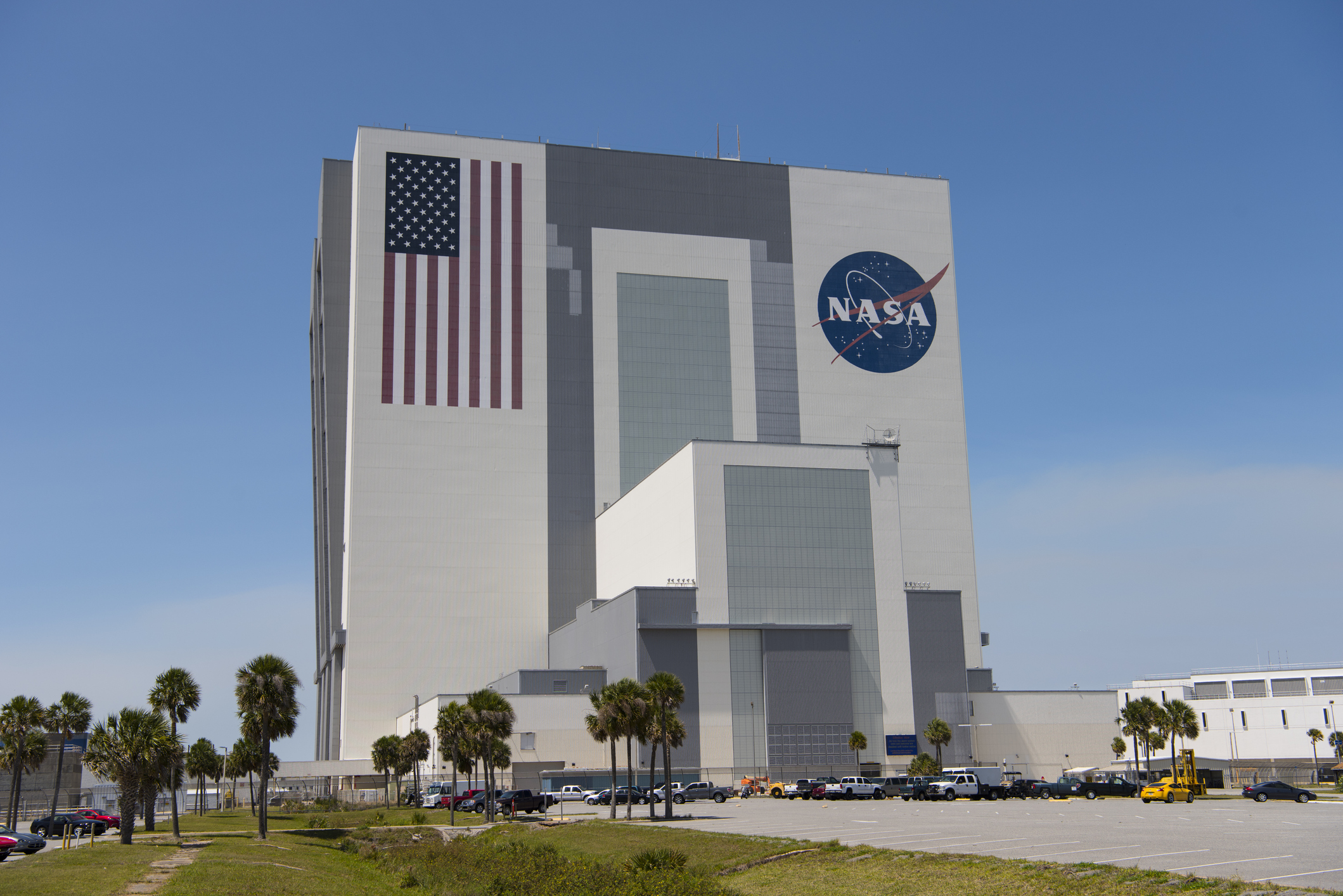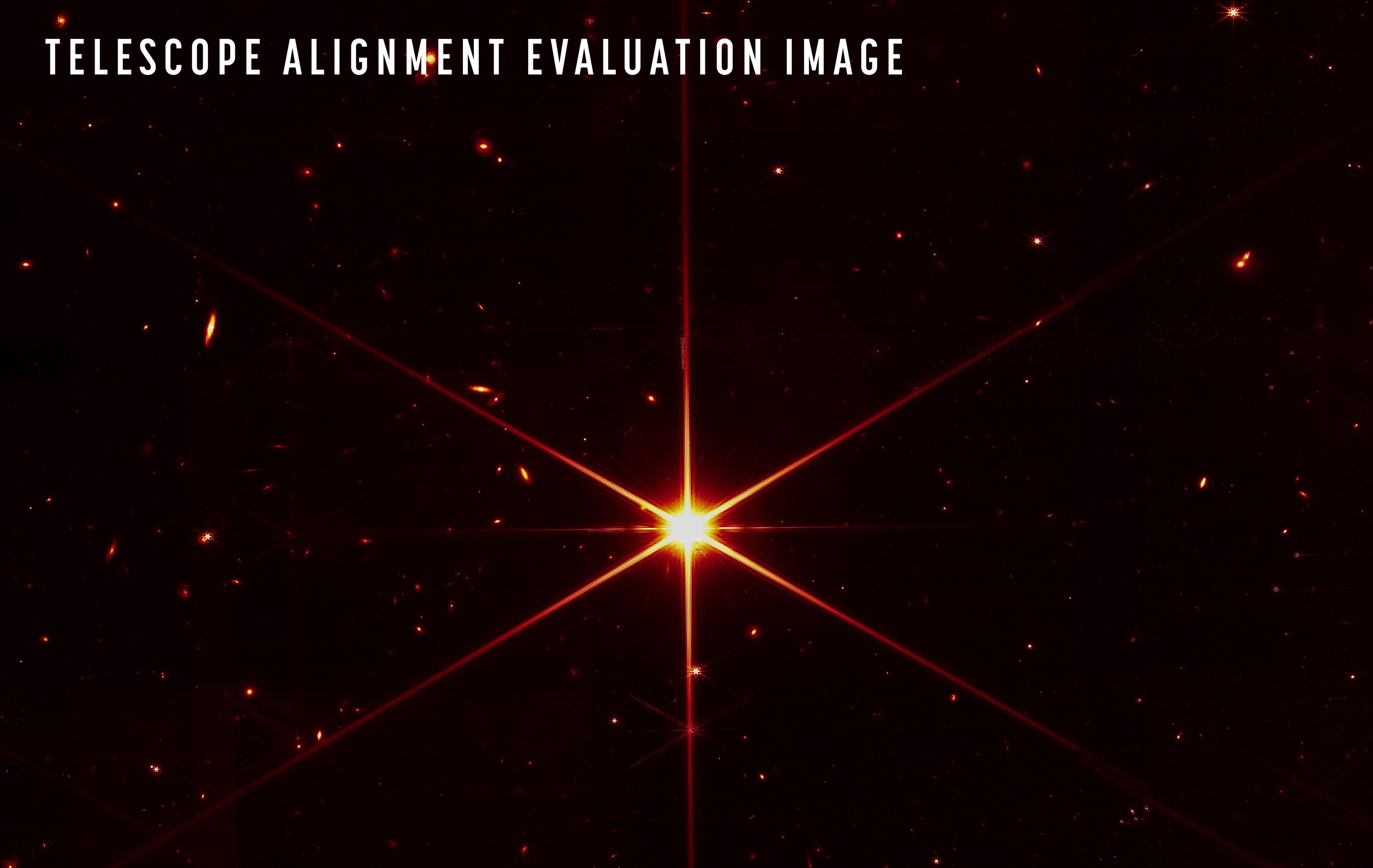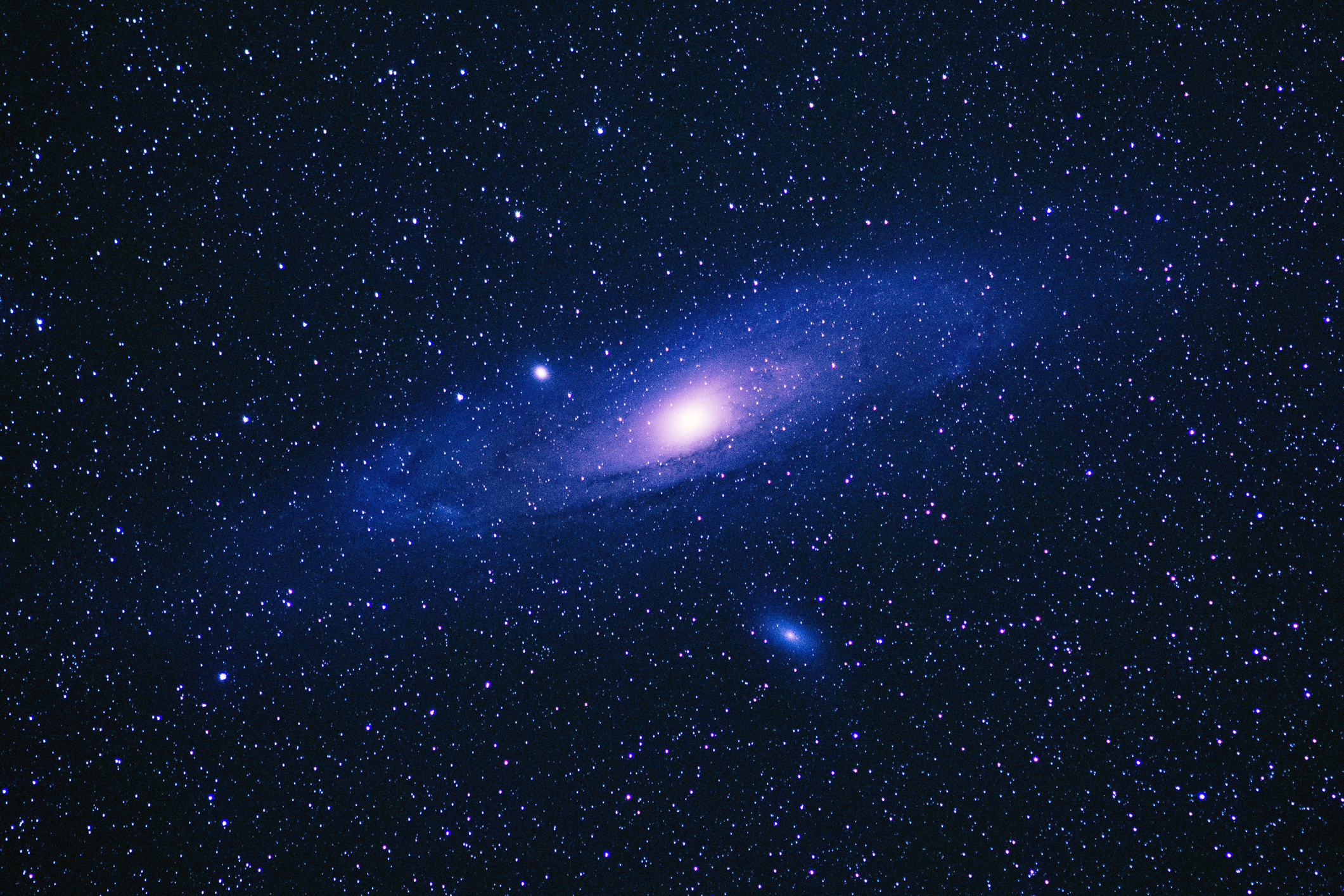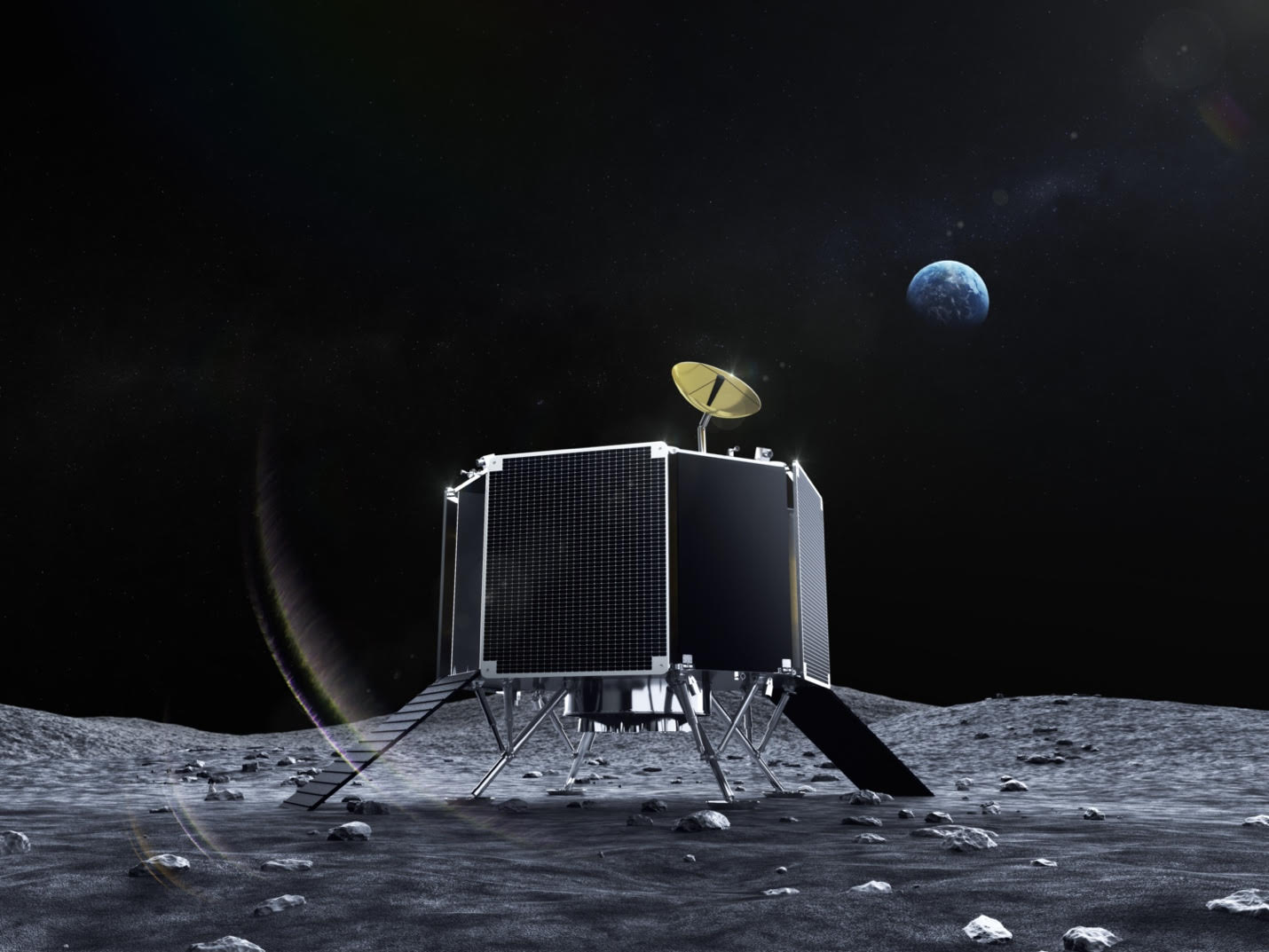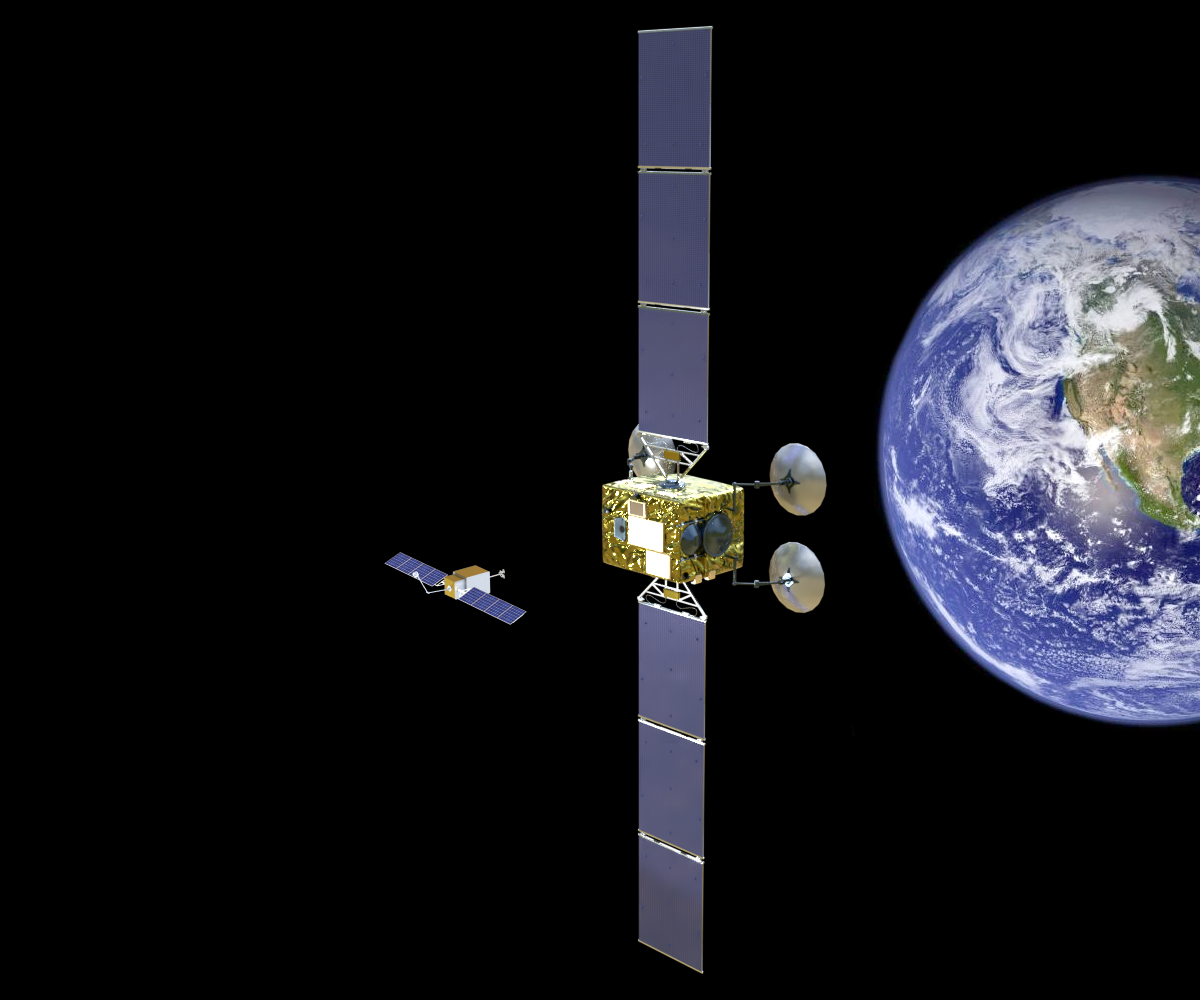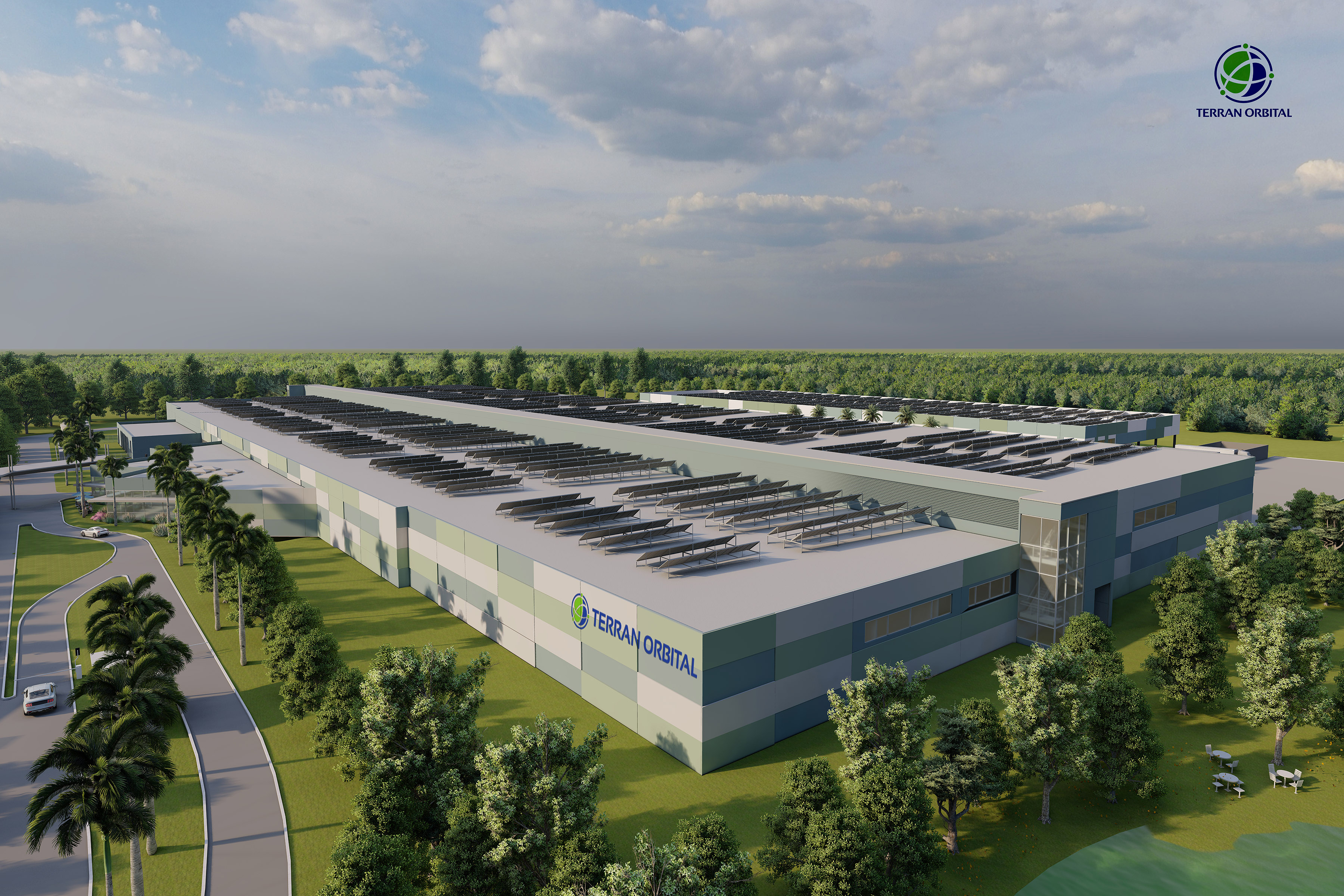Hello, readers: Welcome back to Max Q. First, an introduction: I’m Aria Alamalhodaei, the resident space and transportation reporter here at TechCrunch. I’ll be taking over the Max Q newsletter from Darrell Etherington for the next few months.
Tips, opinions, criticism, thoughts? Email me at aria.techcrunch@gmail.com or find me on Twitter at @breadfrom.
Bezos’ labor woes
Jeff Bezos is back in the news this week, this time over allegations of a hostile work environment and a lack of focus on safety from 21 current and former employees of his space company, Blue Origin. The news couldn’t come at a worse time for the company, which is currently mired in a lawsuit against NASA over its decision to award a lunar lander contract to rival SpaceX.
The essay jointly composed by the employees paints a vivid picture of Blue Origin’s work culture as one marred by sexual harassment, in which professional disagreement is stifled, environmental concerns are left unaddressed and speed of execution takes precedence over human safety.
Blue Origin disputed the allegations of sexual harassment in a comment to TechCrunch, but they did not respond to a follow-up inquiry regarding safety and whether the company has inserted stifling non-disparagement clauses in employee contracts.
TechCrunch spoke to the sole named author of the letter, Alexandra Abrams, who said she decided to go public with her identity because she felt a sense of responsibility for other employees.
“I really felt like I had compromised my integrity at Blue Origin,” she said. “I did my best, but I was Bob’s executive communicator and helped make him look good.”
It’s hard to imagine how this essay could not affect Blue Origin’s bottom line. After the successful launch of New Shepard in July, in which Bezos and three others went to space during an 11-minute flight, the company intends to start welcoming more paying customers on flights.
The situation was made even more sticky when the Federal Aviation Administration confirmed to TechCrunch that “the agency is reviewing the information” in the essay. “The FAA takes every safety allegation seriously.”
While Abrams confirmed that the FAA had not yet reached out to her, she said she would “very much welcome” that.
“I feel like I’m fulfilling my job description as employee communications for the first time.”
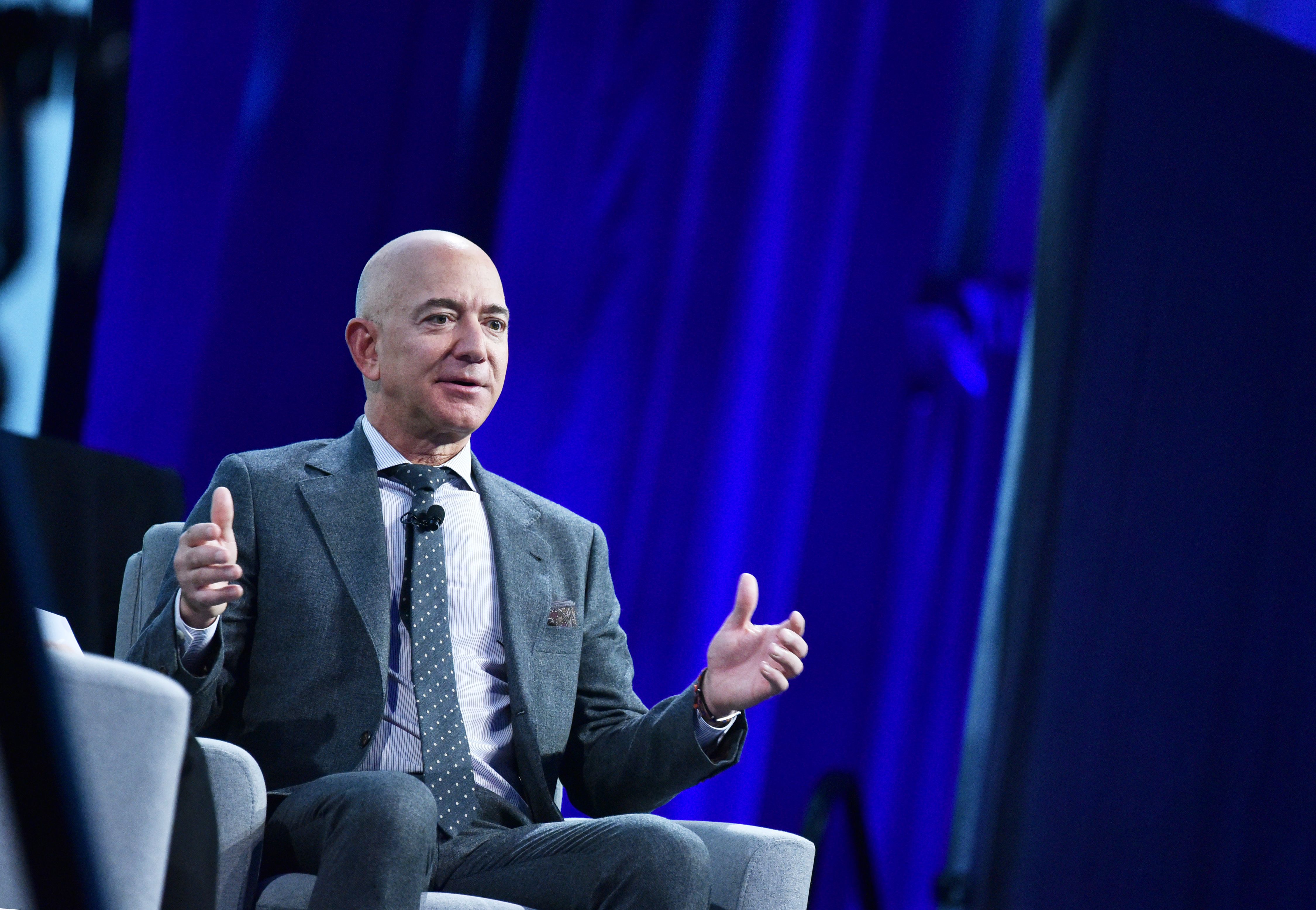
U.S. Space Force grants funds for next-gen rocket development
The U.S. Space Force has awarded a collective $87.5 million in funding to SpaceX, Blue Origin, Rocket Lab and United Launch Alliance for projects related to next-gen rocket engine testing and upper-stage improvements — that includes Rocket Lab’s mysterious Neutron rocket and Blue Origin’s heavy-lift launch vehicle New Glenn.
SpaceX and ULA are already established launch providers for the U.S. government under the Space Force’s National Security Space Launch program. Both Rocket Lab and Blue Origin will be able to compete for the next series of launch procurement contracts in 2024, and contracts like these are signs that the two companies are gearing up to do so.
Blue Origin’s next manifest
One last story related to Blue Origin this week… the company announced the next two people that will take a ride on the New Shepard rocket: Dr. Chris Boshuizen, co-founder of Planet Labs and current partner at venture capital firm DCVC; and Glen de Vries, co-founder of the clinical trial software company Medidata Solutions.
The flight is scheduled to take off on Tuesday, October 12, at 9:30 AM EST from Blue Origin’s sprawling Launch Site One just outside of Van Horn, Texas. The company has not released details regarding the identities of the remaining two crew members but we’ll certainly be keeping our ear to the ground. (Read our story on Blue’s first crewed launch here.)
Orbital servicing startup raises $7M
In-orbit satellite servicing company Starfish Space raised $7 million to accelerate the development of its Otter “space tug,” a spacecraft that the company says will be able to clean up orbital debris and extend the useful life of satellites in geostationary orbit. In the longer-term, Starfish even says the space tug could be used as autonomous in-orbit robots for a whole range of purposes related to the future space economy, including mining, manufacturing and recycling.
A $300M satellite manufacturing facility for Florida’s Space Coast
Florida’s Space Coast economy got a major boost this week when it was announced that contract manufacturer Terran Orbital would build a $300 million satellite manufacturing facility at Kennedy Space Center. The 660,000-square-foot facility will be the world’s largest, according to the company, and that’s not too hard to believe, considering the anticipated output: 1,000 complete satellites and over 1 million satellite components per year.
Join us at TC Sessions: Space in December
Last year we held our first dedicated space event, and it went so well that we decided to host it again in 2021. This year, it’s happening December 14 and 15, and it’s once again going to be an entirely virtual conference, so people from all over the world will be able to join — and you can, too.


